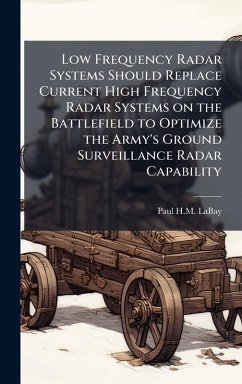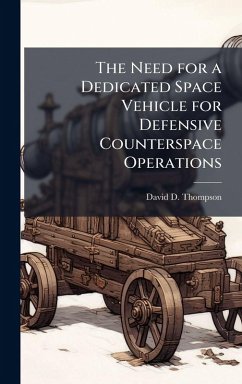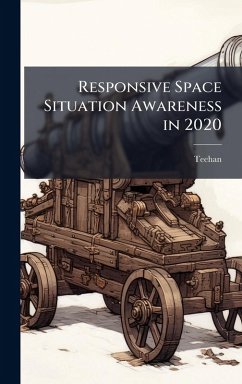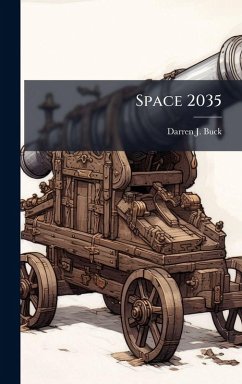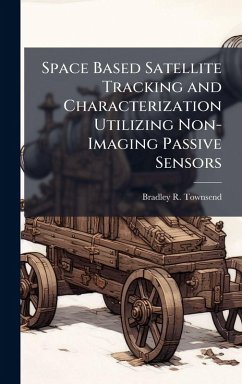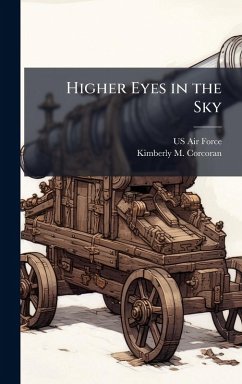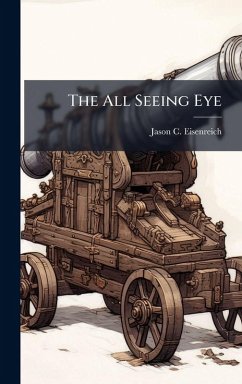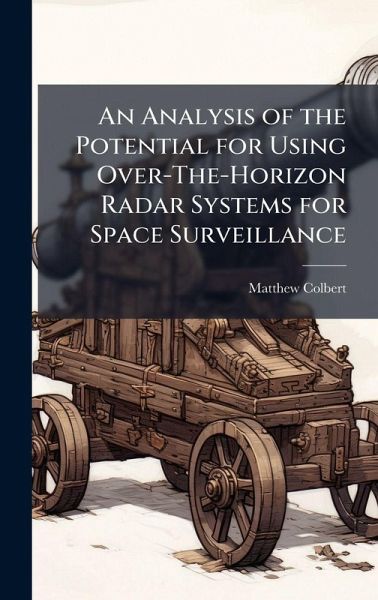
An Analysis of the Potential for Using Over-The-Horizon Radar Systems for Space Surveillance
Versandkostenfrei!
Versandfertig in über 4 Wochen
28,99 €
inkl. MwSt.
Weitere Ausgaben:

PAYBACK Punkte
14 °P sammeln!
The Australian Defence Force is investigating the development of a space surveillance system. While several dedicated facilities for space surveillance are in operation around the world, Australia's Over-The-Horizon Radar (OTHR) network has some potential for this role. The OTHR operates in the HF band and is constrained by the propagation effects of the ionosphere. A spherically stratified ionospheric model and a model for a nominal OTHR antenna are developed that allow calculation of path propagation, power distribution, and clutter returns. A software-based radar receiver processing system ...
The Australian Defence Force is investigating the development of a space surveillance system. While several dedicated facilities for space surveillance are in operation around the world, Australia's Over-The-Horizon Radar (OTHR) network has some potential for this role. The OTHR operates in the HF band and is constrained by the propagation effects of the ionosphere. A spherically stratified ionospheric model and a model for a nominal OTHR antenna are developed that allow calculation of path propagation, power distribution, and clutter returns. A software-based radar receiver processing system is modeled to determine detection probabilities and the minimum detectable radar cross-section of targets in typical low earth orbit (LEO) trajectories. The high clutter power levels, coupled with long target ranges and high velocities, mean that range-Doppler tradeoffs have a great impact on the resulting detection capabilities. While the system as modeled has the potential to provide some coverage for LEO targets, operational constraints mean the necessary conditions for detection of space targets would rarely be met while the system is involved in traditional OTHR tasking. Further, the long wavelengths and large antenna beams mean the accuracy of any positioning information is low. This work has been selected by scholars as being culturally important, and is part of the knowledge base of civilization as we know it. This work was reproduced from the original artifact, and remains as true to the original work as possible. Therefore, you will see the original copyright references, library stamps (as most of these works have been housed in our most important libraries around the world), and other notations in the work. This work is in the public domain in the United States of America, and possibly other nations. Within the United States, you may freely copy and distribute this work, as no entity (individual or corporate) has a copyright on the body of the work. As a reproduction of a historical artifact, this work may contain missing or blurred pages, poor pictures, errant marks, etc. Scholars believe, and we concur, that this work is important enough to be preserved, reproduced, and made generally available to the public. We appreciate your support of the preservation process, and thank you for being an important part of keeping this knowledge alive and relevant.



